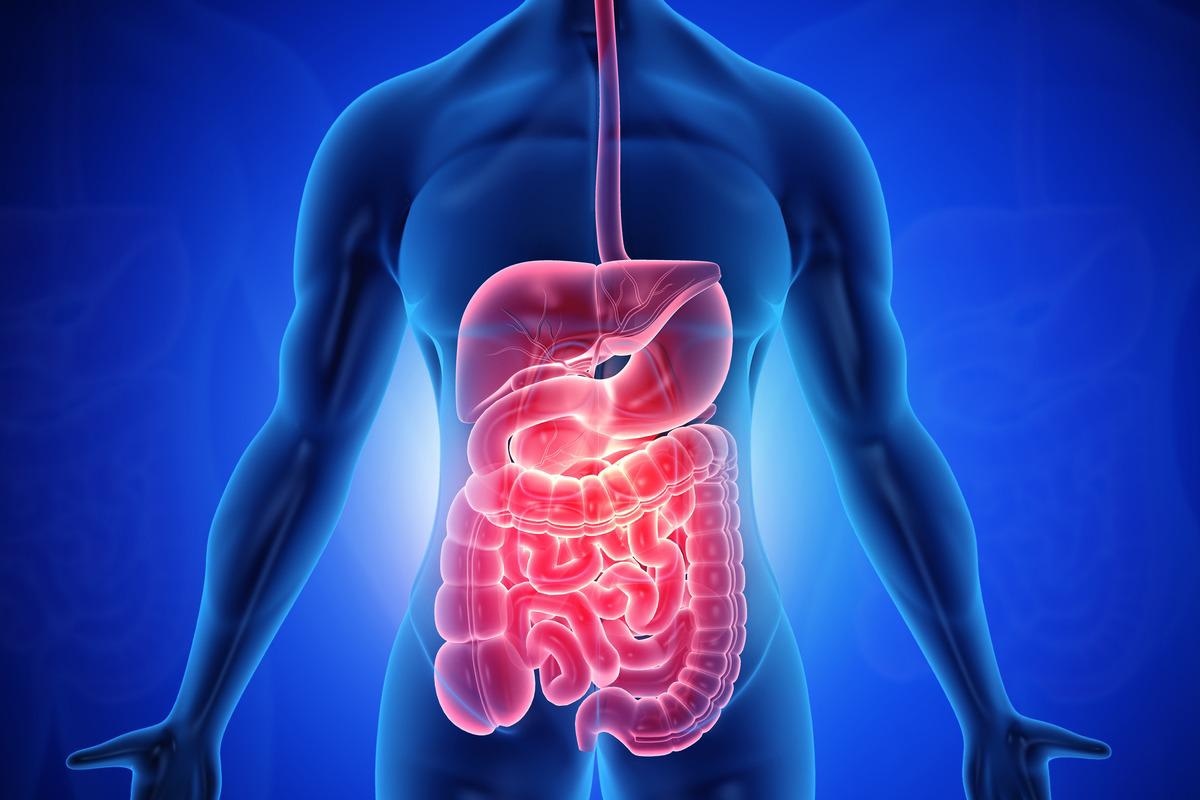In a recent study published in Gastroenterology, researchers assessed the infectivity of the severe acute respiratory syndrome coronavirus 2 (SARS-CoV-2) Omicron variant in the intestinal tract.
 Study: Reduced replication efficacy of SARS-CoV-2 Omicron variant in “mini-gut” organoids. Image Credit: Explode/Shutterstock
Study: Reduced replication efficacy of SARS-CoV-2 Omicron variant in “mini-gut” organoids. Image Credit: Explode/Shutterstock
Background
Coronavirus disease 2019 (COVID-19) is essentially a pulmonary disease due to SARS-CoV-2 infection of the respiratory tract. However, it can also proliferate in the intestinal tract. Of note, over 50% of COVID-19 patients exhibit SARS-CoV-2 shedding in their stools, indicated by the detection of SARS-CoV-2 in their feces. The SARS-CoV-2 Omicron and Delta strains replicate in the airways. However, the proliferation capabilities of the strains in intestinal organoids are unknown.
The authors of the present study previously reported that in induced pluripotent stem cells (iPS)-derived mini-gut (comprising various intestinal cells such as goblet-, epithelial-, enteroendocrine- and Paneth cells), epithelial cells lined the intestinal surface with stable expression of angiotensin-converting enzyme (ACE2) receptor and transmembrane protease serine 2 (TMPRSS2). ACE2 is essential for SARS-CoV-2 invasion of the host, and TMPRSS2 facilitates the viral entry. Thus, the previous findings indicated that the intestinal organoids are susceptible to SARS-CoV-2 infections.
About the study
In the present study, researchers investigated the susceptibility of the intestinal organoids to the SARS-CoV-2 prototype (Wuhan-hu-1), Omicron and Delta strains.
Two similar-sized organoids were cultured and inoculated with SARS-CoV-2 at a multiplicity of infection (m.o.i.) of 1. In parallel, cancer coli-2 (Caco-2), cultured human airway epithelial cells 3 (Calu-3), VeroE6, and VeroE6/TMPRSS2 cells were inoculated with SARS-CoV-2 at an m.o.i. of 0.05 for VeroE6 and VeroE6/TMPRSS2 and 0.5 for Caco-2 and Calu-3 cells.
Immunostaining was performed using SARS-CoV-2 nucleocapsid (NP) antibodies and the resultant images were evaluated eight days post-infection for staining of ACE2 and SARS-CoV-2 NP antigens.
In addition, the team assessed the effect of a neutralizing antibody cocktail (REGN-CoV-2, casirivimab, and imdevimab) in decreasing the viral cell-to-cell transmission. The supernatants obtained in the analysis were subjected to viral RNA quantification assays. Subsequently, viral titers were determined based on their cytopathic effects (CPE) and 50% tissue culture infectious dose (TCID50) values.
The secretion of lactate dehydrogenase (LDH) and the high mobility group box-1 (HMGB1) from the intestinal organoids was measured using cytotoxic assays and enzyme-linked immunosorbent assays (ELISA), respectively. Additionally, the levels of cytokines such as tumor necrosis factor-alpha (TNF-α) and interferons (IFN-β, λ3) in the culture supernatants of the mini-guts were quantified using ELISA.
Cell-based fusion assays were performed in which the donor cells [human embryonic kidney 293 (HEK293) cells expressing SARS-CoV-2 spike (S) and HiBiT] and acceptor cells [HEK293 cells expressing LgBiT and ACE2] were cultured simultaneously. Viral fusogenicity was determined based on their luciferase activity.
Findings
In this study, a peak was observed in SARS-CoV-2 replication after four days of infection. While Delta demonstrated a four-to-six-fold higher replication capacity compared to the prototype strain, the replication efficiency of Omicron was very low in Caco-2 cells, wherein Omicron shedding was remarkably low compared to the prototype and the Delta strains. Contrastingly, Omicron demonstrated replication efficiency comparable to the prototype strain in VeroE6 cells and Calu-3 cells, independent of TMPRSS2 expression.
LDH levels were substantially elevated in the prototype- and Delta-infected intestinal organoids, while those in mini-guts infected by Omicron were comparable to those in uninfected controls. Likewise, HMGB1 was expressed by the prototype- and Delta-infected intestinal organoids but not those infected by Omicron. On SARS-CoV-2 infection, HMGB1 is released, and subsequently, cytokines are produced. Thus, the study findings are indicative of the presence and absence of inflammatory potential of Delta and Omicron in the intestinal tract, respectively. This was underpinned by the increased cytokine levels in Delta-infected intestinal organoids compared to those infected by Omicron.
The immunostaining analysis showed that the mini-guts infected by the prototype strain demonstrated scattered cells with distinctive cell morphology, whereas the mini-guts infected by Delta demonstrated clusters of SARS-CoV-2-infected cells. This was indicative of the increased fusogenicity of Delta.
Omicron-infected mini-guts showed scarce SARS-CoV-2-infected cells. Of note, SARS-CoV-2 NP antigens were limited to the mini-gut epithelium’s luminal side, indicative of the low likelihood of SARS-CoV-2 invading the submucosa. Of interest, ACE2 expression was substantially downregulated in SARS-CoV-2-infected cells.
The antibody cocktail decreased lateral spreading of SARS-CoV-2, even two days post-Delta infection, thereby decreasing the clustering of SARS-CoV-2-infected cells. This was indicative of potential inhibition of SARS-CoV-2 spread by neutralizing antibodies in the mini-gut.
Conclusion
Overall, the study findings highlighted the selective reduction in Omicron infectivity in the mini-gut. However, further research is required to elucidate the mechanisms responsible for this reduction, which contrasts the high replication of Omicron in tissues such as the upper respiratory tract.